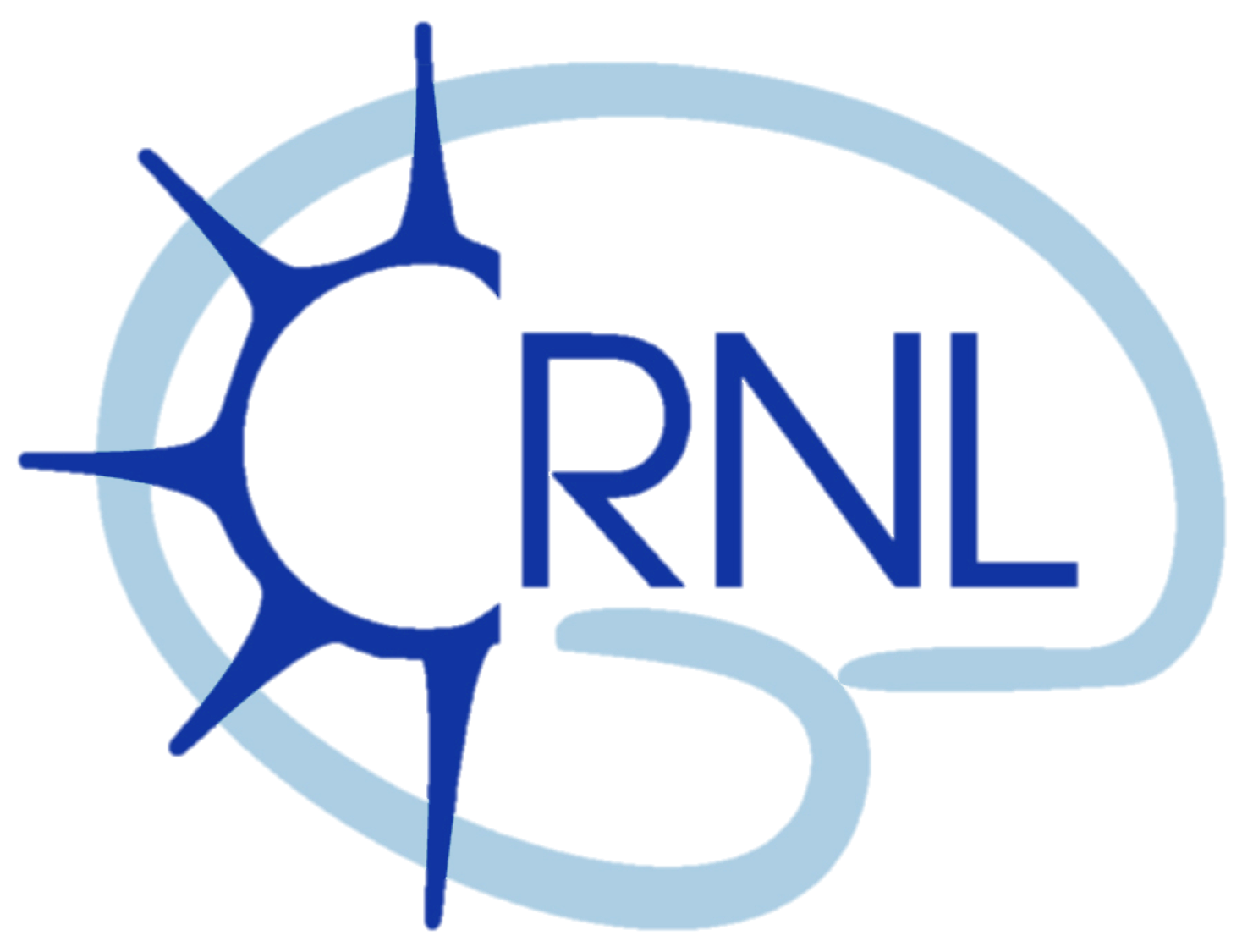Computational mechanisms underlying the emergence of theory of mind in children
Résumé
The ability to decipher the intentions of other agents and to mentalize how one’s own choice might influence others’ behavior is essential for social interaction, especially when these intentions fluctuate over time between competitive and cooperative strategies. Little is known about how and when this Advanced Theory of Mind (AToM) ability develops during childhood. Is its development conceptually driven, or does it result from an increase in the general information-processing capacities with age? We used a computational modeling approach to elucidate these questions. We implemented a card-matching task in which 193 children (101 females) from ages 3.1 to 8.8 thought they were playing with another player. Actually, they played with an algorithm that alternated without warning between cooperative and competitive strategies in blocks. Younger children in kindergarten mostly relied on a simple Bayesian decision process that tracked the probability of the other agent to choose a target based on the agent’s previous action. Starting at 8 years old, most children were able to actively mentalize their influence on the other’s decision, and to arbitrate between cooperative and competitive intentions when making adaptive social decisions. Altogether, these results suggest that an important developmental milestone occurs at the age of 8 years old, when children conceptually realize their own influence on others, and the importance of actively tracking others’ intentions in volatile situations. This study documents significant developmental stages in mid-childhood AToM abilities and suggests that the conceptual insights that occur during this period are critical for social cognition.
Complementary data available : https://osf.io/nf2ma/?view_only=f90dac33122044d19d7e7dea1252c0a2
Domaines
Sciences cognitives| Origine | Fichiers produits par l'(les) auteur(s) |
|---|

